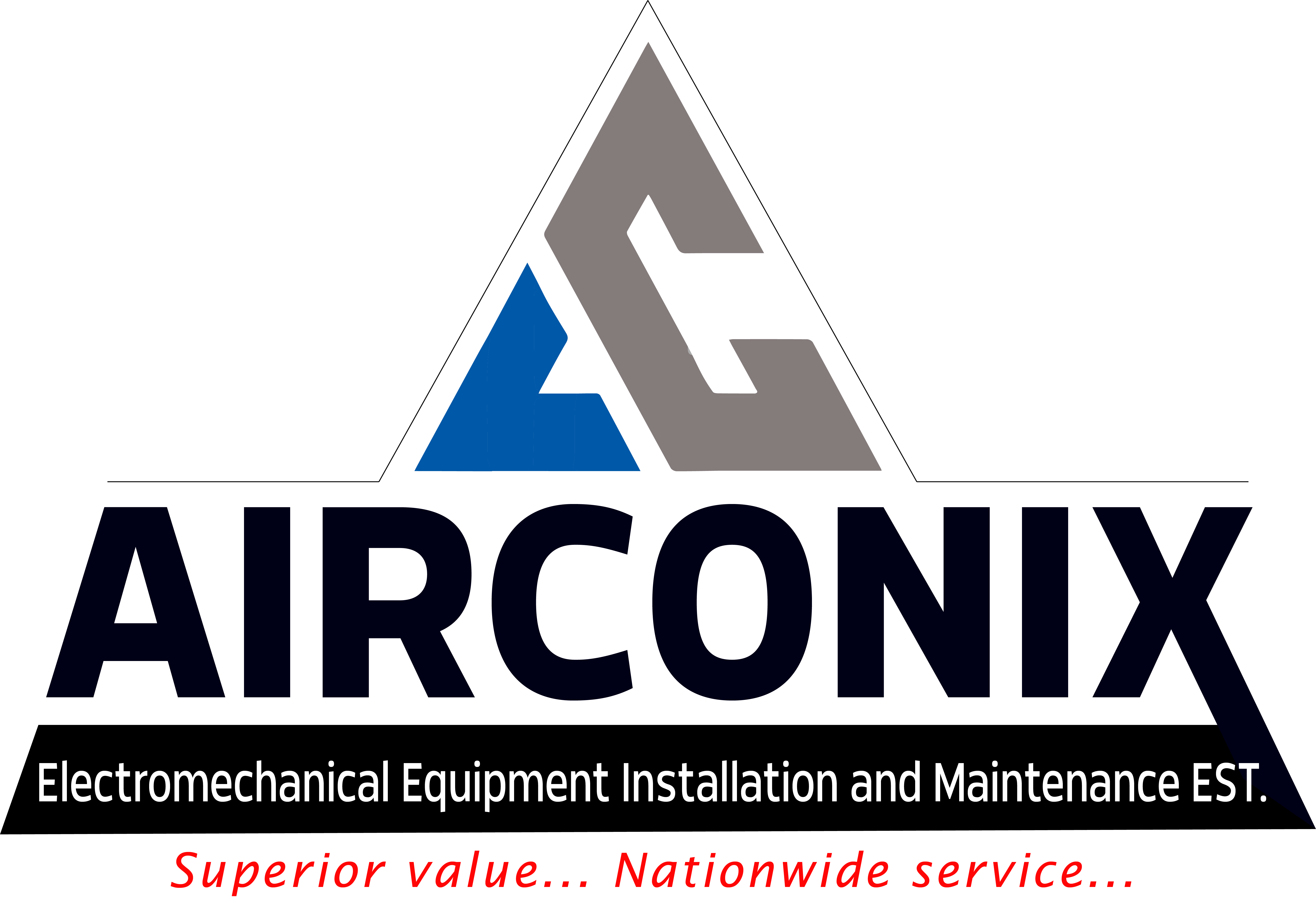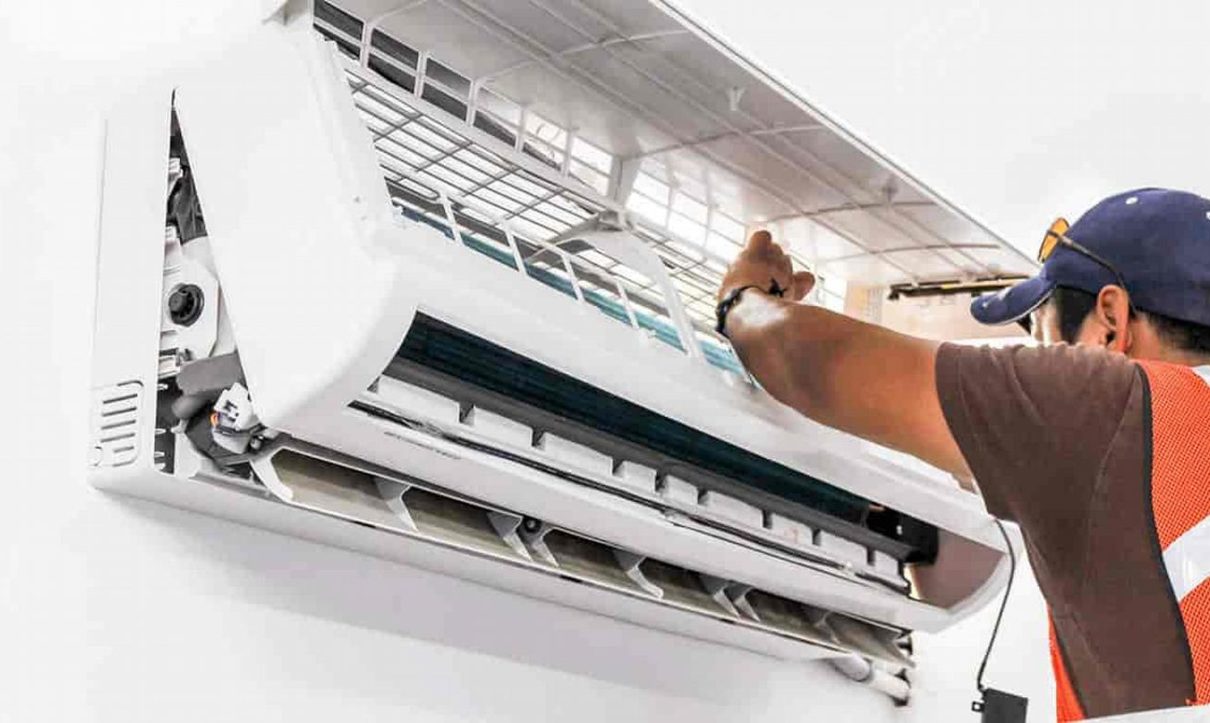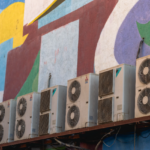There is a scarcity of knowledge on how to diagnosis systems, specifically how to distinguish between various defects such insufficient airflow, wrong charge, liquid line constraints, evaporator and condenser coil fouling, and the presence of non-condensable refrigerant pollutants. While there has been significant progress in the development of computer diagnostic tools for use in utility programmes, field technicians who do not have access to these tools will need a systematic technique to discover and identify serious system failures.
This guidance covers a two-step approach for identifying and fixing faults, as well as the impact of various defects and the possible energy savings that can follow from good maintenance.
The first phase is a basic inspection and tests that can be conducted by home performance contractors that have received BPI or equivalent training to identify or diagnose, and in some cases, remedy, relatively non-technical problems like poor airflow and fouled condenser coils. The second phase is a methodical strategy to identifying system defects that is designed to be implemented by professional HVAC specialists.

 ?>
?>

